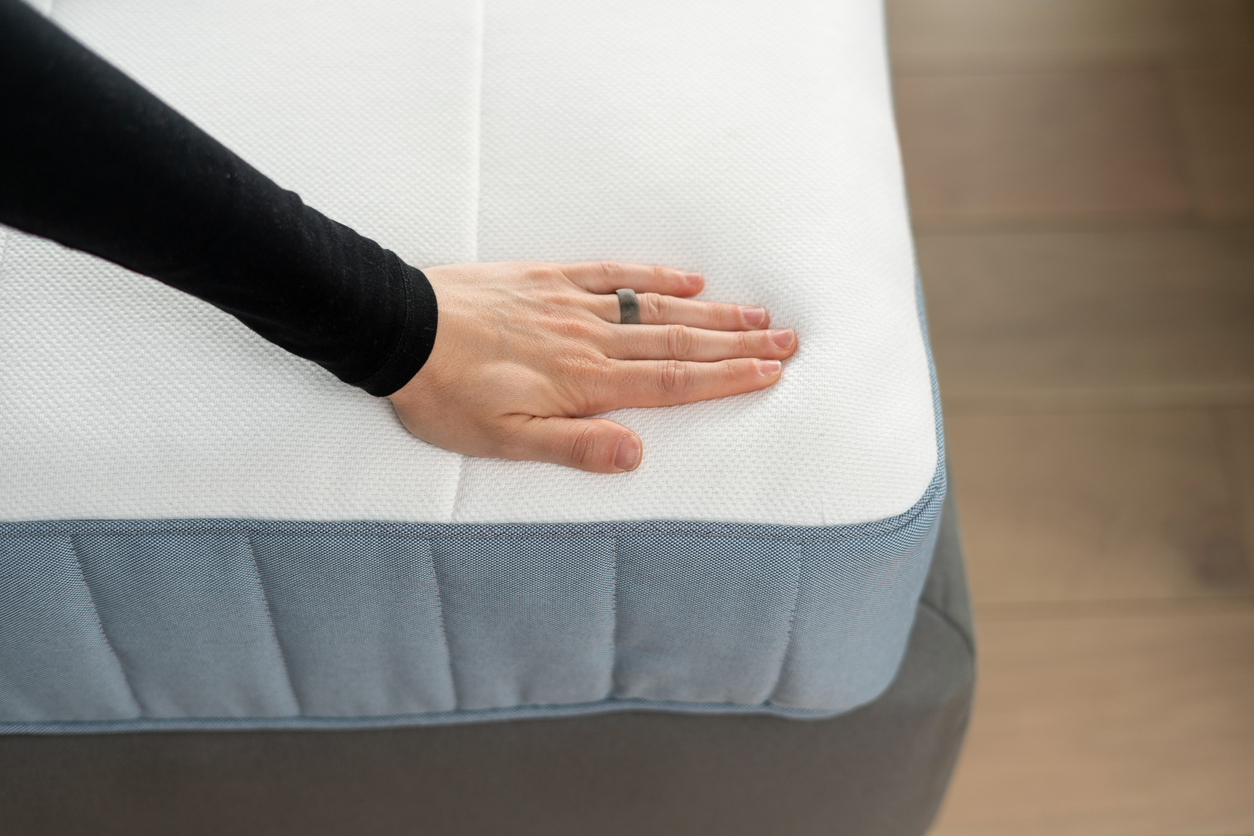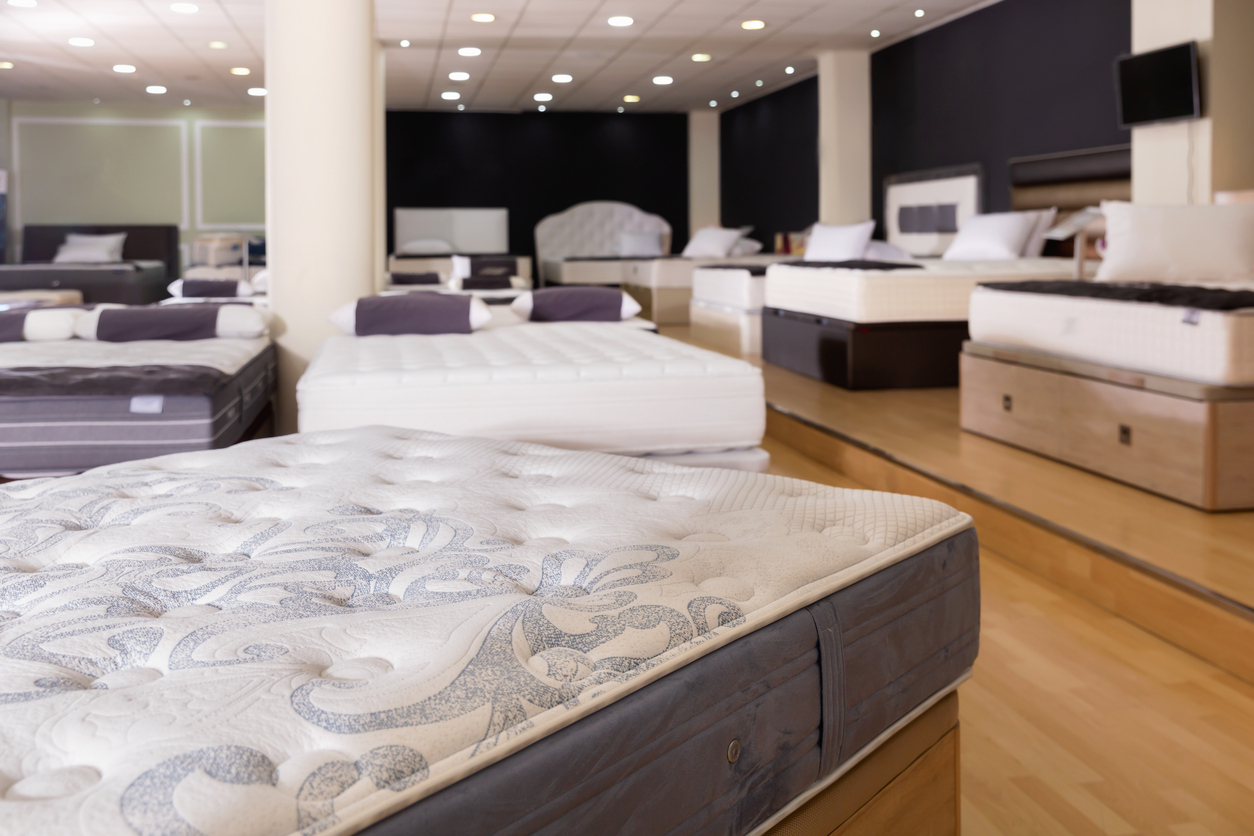Short Summary
A good night’s sleep is the backbone of a healthy lifestyle. If you find yourself tossing and turning or waking up with unexplained aches, the culprit might be lurking beneath your sheets. Yes, we’re talking about your mattress. But how often should you replace your mattress? It’s a crucial question that can significantly impact your well-being. In this comprehensive guide, we’ll explore everything you need to know to determine if it’s time to say goodbye to your old mattress and invest in a new one.
Importance of a Quality Mattress for Sleep and Health
The Role of Quality Sleep
Quality sleep is indispensable for maintaining physical health, mental clarity, and emotional balance. Your mattress plays a pivotal role in ensuring you get restorative sleep. But all mattresses have an expiration date. A sagging mattress or one that sinks in the middle can disrupt your sleep cycle, leading to chronic fatigue, irritability, and even long-term health issues.
Health Implications of a Poor Mattress
Sleeping on an old, soiled mattress doesn’t just compromise comfort; it can also affect your health. Unsupportive mattresses can lead to back pain, neck stiffness, and other musculoskeletal problems. Additionally, older mattresses can harbor allergens, including dust mites, which can exacerbate respiratory conditions like asthma.
How Long Do Mattresses Last?
General Lifespan of Mattresses
Typically, mattresses should be replaced every 7-10 years (and even up to 12 years, in latex mattresses). However, this lifespan can vary based on the type of mattress you own. Understanding the lifespan of your specific mattress type can help you make an informed decision.
Breakdown of Different Mattress Types and Their Lifespans
Choosing the right mattress is a crucial decision that impacts your sleep quality and overall health. Understanding the different types of mattresses and their expected lifespans can help you make an informed decision. Here’s a detailed breakdown:
How Long Do Innerspring Mattresses Last?
Lifespan: 7-8 Years
Innerspring mattresses are one of the oldest and most common types of mattresses. They use a network of steel coils for support, which can be constructed in various ways, including continuous, Bonnell, offset, or pocketed coils.
Benefits:
- Affordability: Generally less expensive compared to other types.
- Support: Provides strong support and a bouncy feel, which can be preferable for some sleepers.
- Variety: Available in a wide range of firmness levels.
Drawbacks:
- Durability: Tend to sag more quickly due to the loss of coil tension over time.
- Noise: Can become noisy as the springs age and wear out.
- Motion Transfer: Can transfer motion easily, making it less ideal for couples.
Maintenance Tips:
- Rotate Regularly: Rotate the mattress every three months to ensure even wear.
- Use a Mattress Protector: Helps protect from spills, stains, and dust mites.
- Proper Foundation: Ensure the mattress is placed on a solid and supportive foundation to prevent sagging.
How Long Do Memory Foam Mattresses Last?
Lifespan: 8-10 Years
Memory foam mattresses are made from viscoelastic foam that conforms to the shape of your body. This type of foam reacts to body heat and pressure, providing personalized support and comfort.
Benefits:
- Pressure Relief: Excellent at relieving pressure points, making it ideal for those with joint pain.
- Motion Isolation: Absorbs motion, preventing disturbances from a partner’s movements.
- Support: Conforms to the body, offering good spinal alignment.
Drawbacks:
- Heat Retention: Can retain body heat, though newer models often incorporate cooling technologies.
- Off-Gassing: May emit a chemical odor when new, though this typically dissipates over time.
- Responsiveness: Can feel less bouncy compared to innerspring mattresses.
Maintenance Tips:
- Rotate Regularly: Rotate the mattress every six months to prevent sagging.
- Use a Mattress Protector: Protects from moisture and stains, extending the mattress’s life.
- Proper Foundation: Use a solid or slatted base to provide adequate support.
How Long Do Latex Mattresses Last?
Lifespan: 10-12 Years
Latex mattresses are made from natural or synthetic rubber. They are known for their durability and ability to maintain their shape over time.
Benefits:
- Durability: Highly durable and resistant to sagging.
- Support: Provides excellent support and pressure relief.
- Eco-Friendly: Natural latex is a more sustainable and eco-friendly option.
- Hypoallergenic: Resistant to dust mites and mold, making it suitable for allergy sufferers.
Drawbacks:
- Cost: Generally more expensive than other types of mattresses.
- Weight: Heavier than most other types, making it difficult to move.
- Firmness: May feel too firm for some sleepers.
Maintenance Tips:
- Rotate Regularly: Rotate the mattress every six months to ensure even wear.
- Use a Mattress Protector: Protects against spills and stains.
- Proper Foundation: Use a sturdy base to prevent sagging.
How Long Do Hybrid Mattresses Last?
Lifespan: 7-10 Years
Hybrid mattresses combine the benefits of innerspring and foam mattresses. They typically feature a base layer of coils topped with layers of memory foam, latex, or gel.
Benefits:
- Comfort and Support: Offers a balance of comfort and support with the combined materials.
- Cooling: Often includes cooling technologies to prevent heat retention.
- Motion Isolation: Good at isolating motion, reducing disturbances from a partner.
Drawbacks:
- Cost: Generally more expensive than traditional innerspring mattresses.
- Durability: May wear out faster than latex or pure memory foam options due to the combination of materials.
- Weight: Can be heavy and difficult to move.
Maintenance Tips:
- Rotate Regularly: Rotate the mattress every three to six months to ensure even wear.
- Use a Mattress Protector: Protects from spills, stains, and allergens.
- Proper Foundation: Ensure the mattress is on a sturdy base to provide adequate support and prevent sagging.
What Factors Influence Mattress Lifespan?
Several factors can influence how long your mattress lasts:
- Weight of Sleepers:
- Heavier individuals may find that their mattresses wear out more quickly due to the increased pressure.
- Frequency of Use:
- A mattress used every night will wear out faster than one used occasionally in a guest room.
- Care and Maintenance:
- Regular maintenance, such as rotating the mattress, using a protector, and ensuring it’s on a proper foundation, can extend its lifespan.
- Material Quality:
- Higher quality materials tend to last longer. Investing in a well-constructed mattress can provide better durability and comfort over time.
- Environmental Factors:
- Exposure to moisture, extreme temperatures, and direct sunlight can deteriorate the materials of a mattress more quickly.
When to Replace a Mattress?
Key Indicators That It’s Time for a New Mattress
Age of the Mattress
If your mattress is older than 7-10 years, it’s time to start considering a replacement. Even if it still feels somewhat comfortable, newer models with advanced technology can offer better support and comfort.
Sagging
Look for visual signs of sagging. A sagging mattress can lead to spinal misalignment, causing back pain and poor sleep quality.
Aches and Pains
Waking up with unexplained aches and pains is a red flag. Your mattress should support your body adequately, not contribute to discomfort.
Allergies
If you’re experiencing increased allergy symptoms, your mattress might be the cause. Older mattresses can accumulate dust mites, mold, and other allergens.
Poor Sleep Quality
Frequent tossing and turning, waking up during the night, or feeling unrested in the morning are signs your mattress may no longer be providing the support you need.
What are the signs You Need a New Mattress?
Recognizing Physical and Comfort-Related Signs
Visible Wear and Tear
Inspect your mattress for visible wear and tear. Tears in the fabric, lumps, and permanent indentations are clear signs it’s time for a replacement.
Noisy Springs
If your innerspring mattress starts making noise, it’s a sign the coils are wearing out. Noisy springs can disrupt your sleep and indicate that the mattress is no longer providing adequate support.
Loss of Shape
A mattress that has lost its shape won’t support your body correctly. You may notice that certain areas are more compressed than others, indicating uneven wear.
Persistent Odors
Persistent odors in your mattress can be due to mold or mildew buildup. Not only is this unpleasant, but it can also be harmful to your health, requiring immediate replacement.
What Is the Lifespan of a Memory Foam Mattress?
Typical Lifespan of Memory Foam Mattresses
Memory foam mattresses typically last between 8-10 years. They are renowned for their ability to contour to the body, providing personalized support and comfort.
What Tips Can Extend the Lifespan of a Memory Foam Mattress?
Rotate Regularly
Regularly rotating your memory foam mattress can help distribute wear more evenly, extending its life.
Use a Mattress Protector
A high-quality mattress protector can shield your mattress from spills, stains, and dust mites, keeping it clean and prolonging its lifespan.
Proper Foundation
Ensure your mattress is supported by a proper foundation. This can prevent it from sagging and losing shape prematurely.
Avoid Jumping
Avoid jumping on your mattress. Excessive force can damage the foam, leading to premature wear and tear.
Conclusion
Replacing your mattress on time is crucial for maintaining good sleep quality and overall health. An old, sagging mattress can lead to various physical discomforts and exacerbate allergies.
Emphasis on the Benefits of a High-Quality Mattress
Investing in a high-quality mattress can significantly improve your sleep quality, physical health, and emotional well-being. It’s an investment in yourself.
Invitation to Learn More
For detailed reviews and comparisons of the best mattresses on the market, visit our website. Explore expert recommendations and find the perfect mattress to elevate your sleep experience.
By following these guidelines and paying attention to the signs of wear and tear, you can ensure that you replace your mattress at the right time, maintaining a healthy and comfortable sleep environment. A good mattress is not just a luxury; it’s essential for your health and well-being.

How to Choose a Mattress for Back Pain

How to Buy Mattress Online

How to Find Cheap Mattresses

How to Choose the Right Mattress
FAQ
-
How Do Online Mattress Stores Work?Online mattress stores and sites work very similarly to most other online stores. They allow you to browse through the products on offer, usually including mattresses, bed frames, and other sleeping accessories, choosing the right product for you and selecting from various sizes and types to fit your bed and meet your needs. When you're ready to make a purchase, you can simply add the items to your shopping cart and check out, paying with a variety of payment methods, making use of any discount codes you might have, and then getting the mattress and any other products shipped directly to your door in a box, ready to be opened up and unrolled.
-
What If I Don’t Like the Mattress?That's not a problem when you choose the best mattress brands! A mattress is a big investment, after all, and can have a huge impact on your sleep quality and your life in general, so many of the best mattress brands understand that you might not be totally satisfied and might want to return or switch out your chosen mattress for another model. For this reason, many mattress companies will offer 'Sleep Trials', ranging from 30 nights up to 365 nights, depending on the brand you choose. These sleep trials allow you to test out the mattress for a set period of time and then decide whether or not you'd like to keep it or send it back to the company for a full refund.
-
How to Choose the Right Mattress Online?Choosing the right mattress online can feel like quite a challenge, especially since there are just so many different mattress makers out there nowadays and such a vast variety of mattress models too. Fortunately, we're here to help make the process a lot easier for you. Our expert reviews and comparisons can give you the info you need to make the right choice, helping you quickly and easily learn about the features, pros, cons, firmness levels, and other key aspects of each mattress from leading brands. Read through our reviews to get started and remember to pay close attention to the factors that matter the most to you. If you have back problems, for example, you'll want to find a mattress that offers strong pressure relief, or if you plan to share the mattress with a partner, you'll want to focus on things like motion isolation.
-
Is it Safe to Buy a Mattress Online?Many people can worry about buying products like mattresses online, concerned about the possibility of scammers, low quality products, or impossible refund and return policies. However, as long as you choose a trusted brand and make sure you buy from official, reputable sites, you won't have to worry about a thing. The best mattress makes go to great lengths to secure their sites and offer plenty of protection for their customers, keeping your payment details safe and giving you a full warranty, allowing you to return the mattress for a refund if you aren't totally satisfied. Many of them will even let you test out the mattress for a set period of time too before deciding whether or not you want to keep it.




